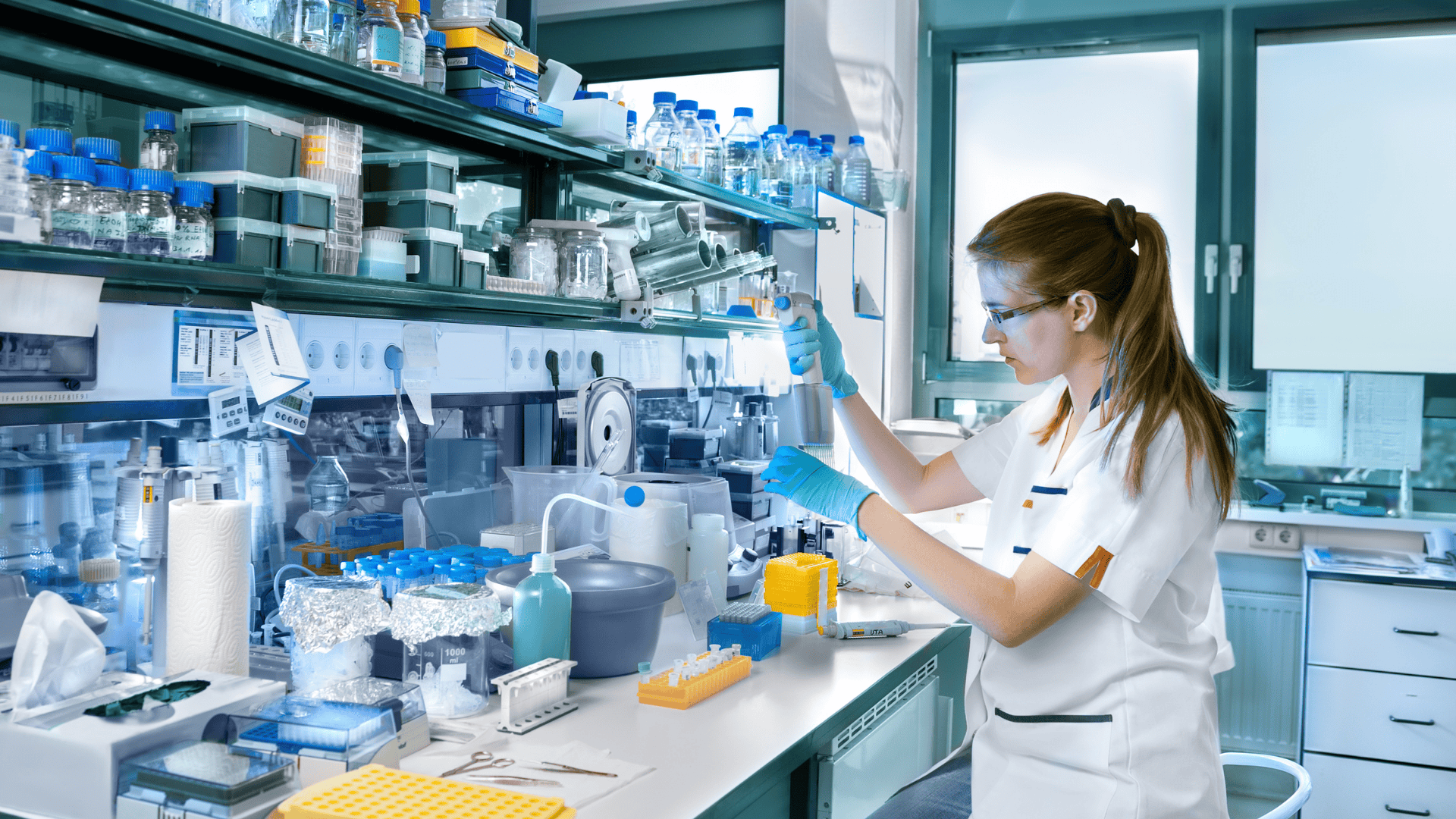You followed the protocol to the letter. Your reagents were fresh. Your pipetting hand was steady (more or less). But the results? Inconsistent. Ambiguous. Maddening.
Was it user error? Maybe. Or maybe your gear is quietly sabotaging your science.
Welcome to the hidden drama of lab life—where even the most careful experiments can be derailed by outdated or inaccurate tools. That’s why serious research hinges on one thing: reliable laboratory instruments.

Accuracy Starts with the Machine, Not the Method
Science loves precision. But human hands? Not so much.
No matter how sharp your skills are, even minor inconsistencies can snowball into noisy data. The fix? Let machines handle what they do best: repeatability.
Think:
- Centrifuges that hold RPM like a grudge
- Spectrophotometers that don’t blink at decimal points
- Thermal cyclers that treat every cycle like gospel
Modern lab instruments take your method and remove the variability—no guesswork, no second-guessing. Just reliable, replicable results.
And if you’re working with sensitive assays or diagnostic-grade protocols, “close enough” just doesn’t cut it.
Efficiency Isn’t Just Speed. It’s Smart Speed.
A common misconception? That efficiency means racing through tasks.
In the lab, efficiency means:
- Fewer errors
- Less rework
- Better throughput with fewer hands on deck
Today’s laboratory instruments are engineered for workflow integration. Need real-time analytics? Automated logging? Multi-tasking capabilities? That’s all standard now.
Browse any modern catalog and you’ll see instruments designed not just for function, but for form-fitting into how you work.
Because faster is nice. But smarter? That’s everything.
The Automation Equation
Let’s say it out loud: researchers shouldn’t spend hours doing things a $5,000 machine can do in minutes.
Automated pipetting, digital imaging, real-time PCR, sample tracking systems—they’re not replacing scientists. They’re freeing them up for the thinking part.
The benefits?
- Reduces repetitive strain (hello, carpal tunnel)
- Cuts down on mental fatigue
- Increases output without compromising quality
If your lab still operates like it’s 2004, you’re burning time—and likely burning out your team.
Calibrated for Confidence
Old instruments are like expired milk. They might look fine. But use them, and things go sour fast.
Regular calibration and validation aren’t just suggestions—they’re safeguards. Instruments that aren’t properly maintained introduce risk, and not just for publishability. In clinical, pharmaceutical, and regulated industries, poorly calibrated equipment can violate compliance protocols. (Translation: legal headaches.)
That’s why smart labs partner with suppliers who don’t just sell the equipment—they help you support it. Service plans. Calibration services. Knowledgeable reps who’ve actually worked a bench.
Because an instrument is only as useful as the precision behind it.
Which Instruments Matter Most?
Short answer: the ones you use every day.
Longer answer? Here are some of the most critical tools shaping modern labs:
- Microplate readers for multiplex assays and high-throughput screenings
- Digital microscopes with onboard imaging software
- Benchtop centrifuges with precise acceleration/deceleration controls
- pH and conductivity meters with data logging for audit trails
- PCR machines with advanced thermal ramping control
These aren’t luxuries. They’re lab staples—core players in any serious workflow.
And yes, investing in the right tools up front saves far more down the line in reruns, repairs, and reputation.
Real-World Impact: When Instruments Do the Heavy Lifting
Consider this: a small biotech lab replaced its decade-old spectrophotometer with a modern, auto-calibrating unit. Overnight, it cut DNA quantification time by 40% and dropped repeat runs by half.
Another university lab adopted digital colony counters and reduced subjectivity in microbial plating by over 80%.
The takeaway? The right laboratory instruments don’t just speed things up—they raise the floor for your science.
Final Thought: Upgrade the Tools, Upgrade the Results
It’s easy to overlook instruments. They’re quiet. Functional. Dependable—until they’re not.
But here’s the truth: every modern advance in biology, chemistry, and materials science has been fueled not just by smarter ideas—but by better tools.
So don’t let outdated equipment hold your data hostage. Whether you’re scaling a new workflow or just tired of second-guessing your centrifuge, invest in instruments that actually support your science.
Because good science deserves great tools.

Founder Dinis Guarda
IntelligentHQ Your New Business Network.
IntelligentHQ is a Business network and an expert source for finance, capital markets and intelligence for thousands of global business professionals, startups, and companies.
We exist at the point of intersection between technology, social media, finance and innovation.
IntelligentHQ leverages innovation and scale of social digital technology, analytics, news, and distribution to create an unparalleled, full digital medium and social business networks spectrum.
IntelligentHQ is working hard, to become a trusted, and indispensable source of business news and analytics, within financial services and its associated supply chains and ecosystems










